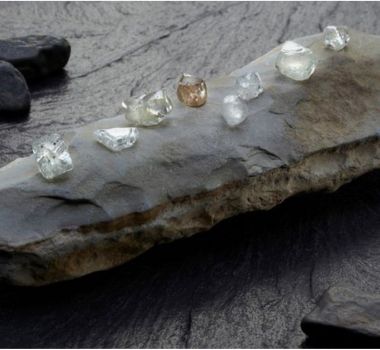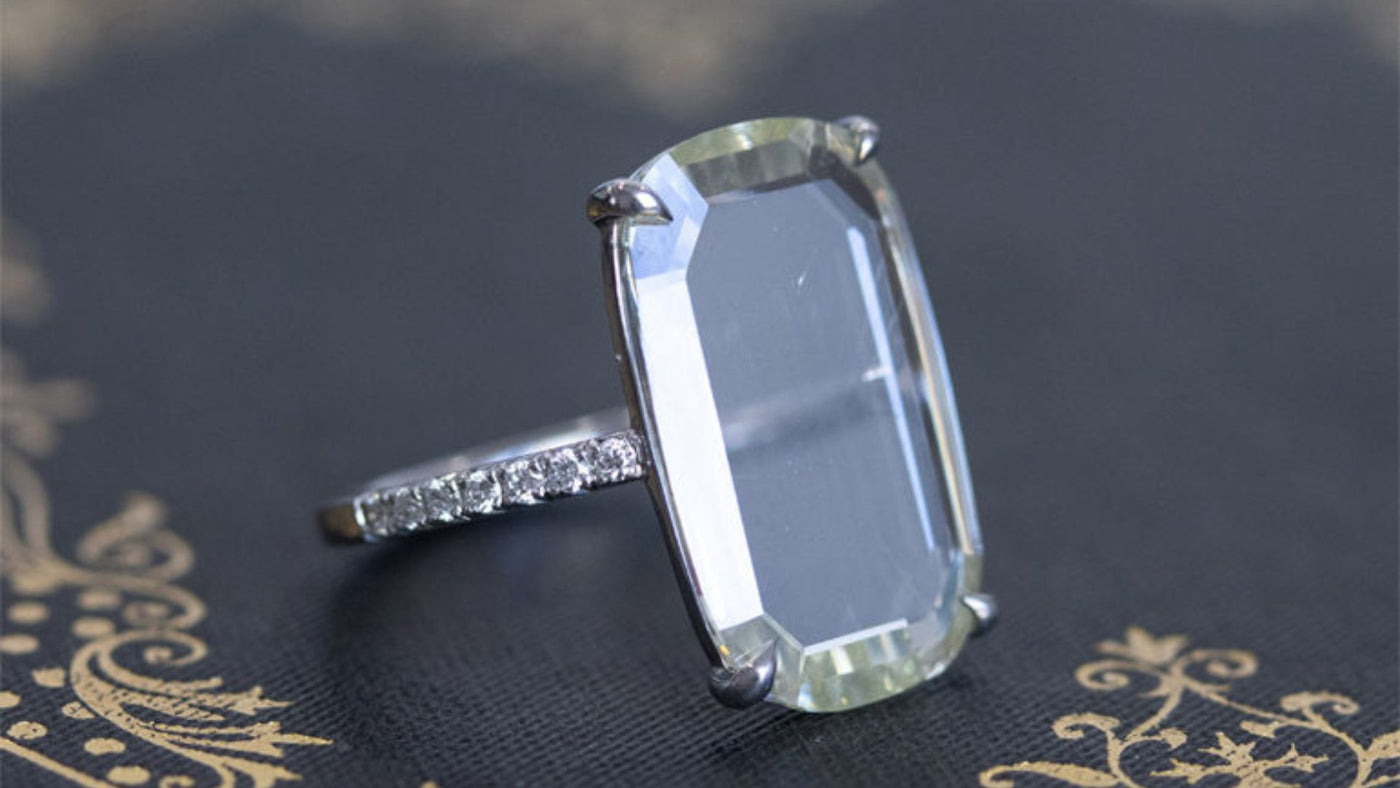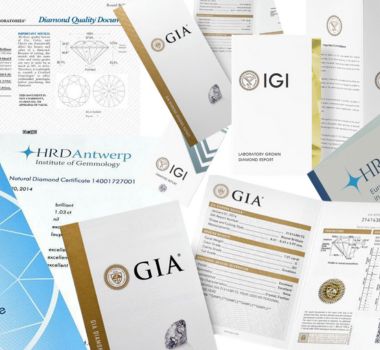
What are Portrait Cut Diamond?
Elevating understated luxury to its pinnacle, the portrait cut diamond embodies a delicate charm, thin as a shard of glass and smooth as ice. So discreet and minimalist, it might elude recognition as a diamond for some. Yet, the portrait cut diamond is a flawless masterpiece, meticulously shaped over billions of years without any discernible inclusions—a pure marvel. Crafting this cut demands top-tier rough stones and the expertise of precision master cutters to achieve the ultra-thin, immaculate diamond cut. Given its transparent nature, the process begins with essentially flawless diamonds.
This diamond cut boasts an ancient lineage accompanied by a captivating backstory.
Among the earliest diamond cuts, the portrait cut held favor with the esteemed Mughal Emperor Shah Jahan, renowned for commissioning the iconic Taj Mahal (1631-1648) in memory of his beloved wife Mumtaz Mahal. The emperor's sentimental attachment to his jewels is evident in his practice of placing transparent, thin diamonds over hand-painted portraits to both protect and enhance these wearable miniature works of art. This association led to the nomenclature "portrait cut."
In the 19th century, a romantic tradition emerged where individuals, both women and men, adorned themselves with a miniature representation of their lover's eye, hand-painted on a ring or locket, and adorned with a portrait cut diamond. This practice served as a poignant means for clandestine lovers to maintain a sense of closeness even when physically apart.
For diamond lovers
For those seeking an engagement ring that eschews the traditional sparkle of a faceted diamond but still embodies enduring tradition and heirloom quality, the flat portrait cut emerges as a novel alternative.
Individuals now desire distinctive and personalized diamond rings that reflect their unique identities, and these non-traditional cuts, boasting unconventional shapes, offer a cool and one-of-a-kind appeal. While its appearance may seem straightforward, crafting the portrait cut demands meticulous precision from skilled artisans. This cut necessitates top-quality rough stones and the expertise of precision master cutters to achieve the ultra-thin, immaculate diamond cut.
Choosing the flat portrait cut as an alternative engagement ring caters to those who appreciate a transparent stone, emphasizing the necessity to begin with essentially flawless diamonds.






































